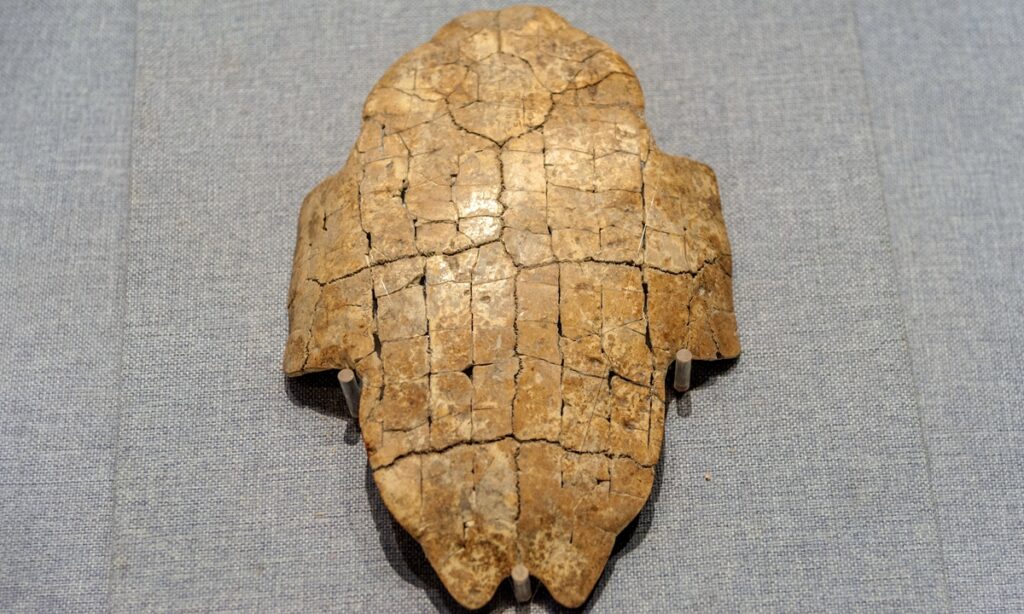Advanced institution to aid ‘civilization origin’ project
Taking China’s Shang Dynasty (c.1600BC-1046BC) culture as a fulcrum, a new research center recently opened in Zhengzhou, Central China’s Henan Province, the birthplace of this dynasty that dates back more than 3,000 years.
The newly-founded research center is part of the Museum of the Shang City Ruins in Zhengzhou. Archaeologist Wang Meng told the Global Times that the ruins were once a Shang capital site and the center for the “emergence of civilization” in this particular region.
“The emergence of a city often indicates that cultural and social systems were already in place. It is an indicator of civilization,” Wang noted.
Including the top provincial institution of Zhengzhou University, the new center is a true scholarly base co-founded by several other Chinese universities with archaeology majors as their strong suit.
Cultural sociologist Chu Xin said that such an academic configuration “creates a pool of talent resources” and guarantees experts can be flexibly assigned to projects on-site.
“This is pivotal for major archaeological sites like the one in Zhengzhou. Any new discoveries can be important and they needed to be handled by experts right from the start,” Chu noted.
Describing the new institution as a research center does not do it justice. It also has other missions such as exhibiting Shang Dynasty relics and hosting cultural exchanges that gather Shang Dynasty experts from both home and abroad. A publication department has also been established to publish the latest discoveries as paperback books.
Wang said he wasn’t surprised that such a well-equipped center would be established to study the Shang Dynasty since this period of time defines “China’s early cultural ingenuity,” which gave birth to incredible human inventions like the Oracle Bone inscriptions.
Wang Wei, another archaeologist, told the Global Times that the Xia (c.2070BC-c.1600BC) and Shang cultures are pivotal to the country’s Project to Trace the Origins of Chinese Civilization (PTOCC).
“Many of the etiquette systems that developed later were based on the civilizations of the Xia and Shang,” Wang Wei remarked.
Aside from the PTOCC, the Zhengzhou based center will also take part in other national-level programs like the “Kao Gu Zhong Guo” (lit: Archaeology of China) project.
Led by China’s State Administration of Cultural Heritage, the national project explores ambitious subjects like the origin of humanity in China and also the formation of Chinese civilization.
“Deepening” Xia and Shang dynasty archaeology research is a major task included in the project, which studies important sites like the Yinxu Ruins in Anyang, Henan Province, where the Oracle Bones were found.
“Looking into the two dynasties’ history helps us discover what China looked like during its early developmental stage,” Wang Meng noted.
Other than the Zhengzhou site, another Xia and Shang research center will be set up in Henan’s Luoyang city. The center is located close to the Erlitou Archaeological Site Park, once the location of China’s earliest capital city.
(Global Times)




